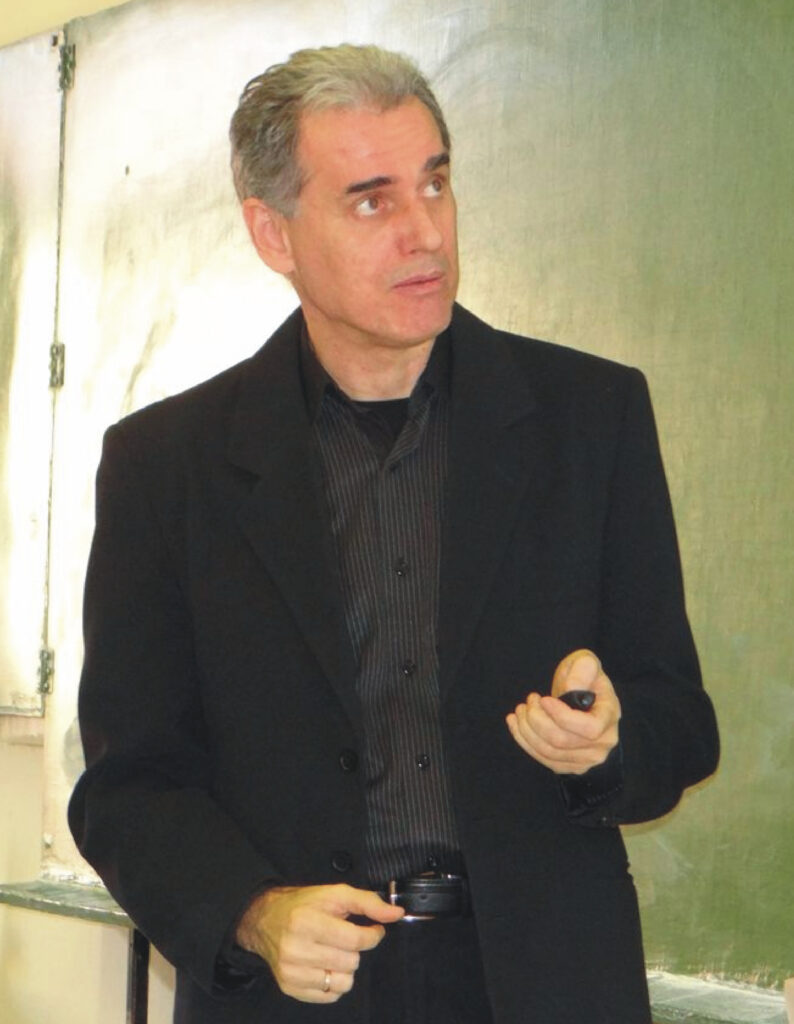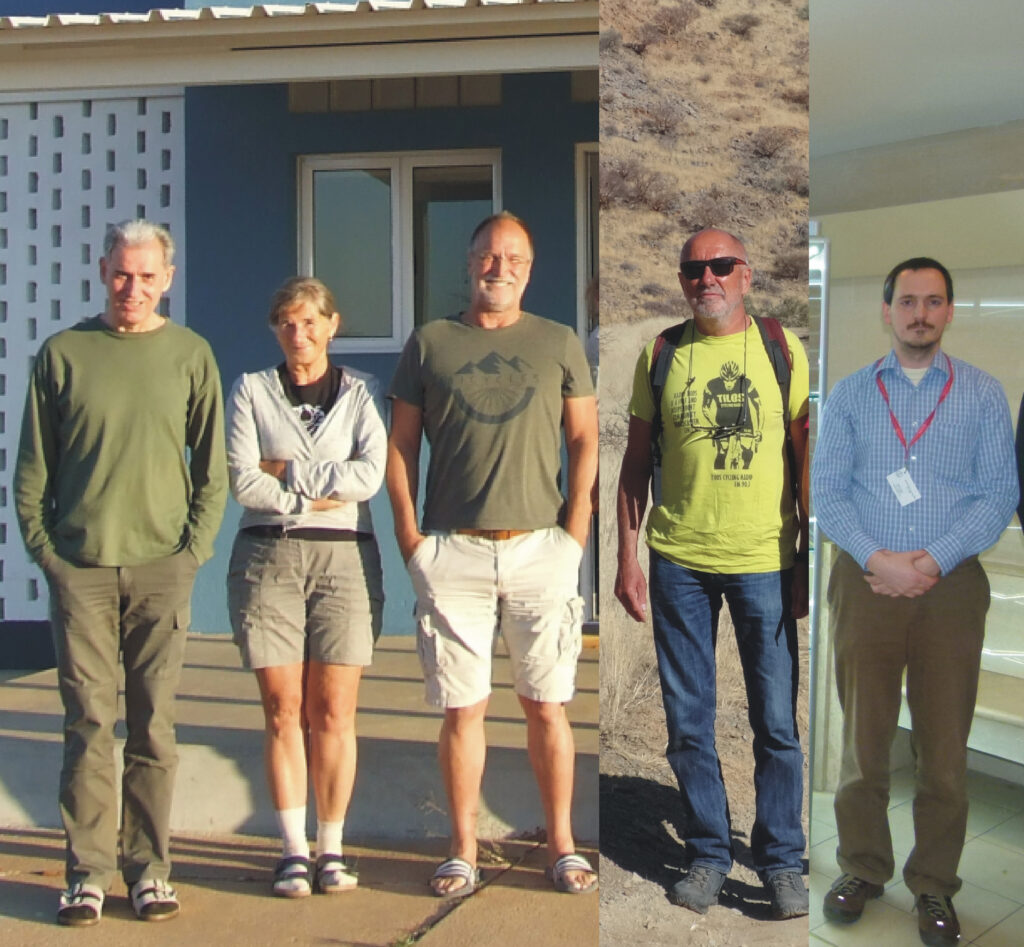Research leader name
Prof. Gábor Horváth

Title of the research concept:
Construction of a portable imaging-polarimetric astronomical telescope and its applications in regions of the Earth with favourable astroclimate, with special emphasis on the Kordylewski dust clouds
Downloads
Judit Slíz, a member of our research group, was able to detect and record the linear polarization patterns of the Kordylewski dust clouds around the triangular Lagrange points L4 and L5 of the Earth-Moon system on 4 occasions from 2017 to 2021. These results, eliciting large international media echo, were published in 3 papers in the Monthly Notices of the Royal Astronomical Society (Q1). Since about averagely 1 successful observation per year is not sufficient to study the visibility and dynamics of these dust cluds, we have applied for a grant to build a portable imaging-polarimetric telescope and to conduct measurements with it at locations on Earth with favourable astroclimate.

Prof. Gábor Horváth , dr. Judit Slíz, Attila Mádai, Pál Sári, dr. András Barta.
In the framework of our research programme which started on 1 July 2022, we built our portable, wide-field-of-view, rotating-analyser, imaging-polarimetric telescope. A favourable astroclimatic site was found on the Isabis Astro Lodge on the Khomas Highland in Namibia, on the private estate of Joachim Cranz. This ideal site also hosts the German HESS astronomical station measuring the Chernenkov’s radiation, a telescope station of the Hungarian HATNET exoplanet observatory system and a Russian space-debris-monitoring station.
In accordance with our research plan, our first Namibian measurement campaign happened between 18 July and 16 August 2023 on the Isabis Astro Lodge on the Khomas Highland in Namibia. About our portable telescope and Namibian polarization measurement of the L5 Kordylewski dust cloud we submitted a paper to the Monthly Notices of the Royal Astronomical Society in December 2023, and received its first review in March 2024. The evaluation of our other Namibian measurement, the detection of a hitherto uncatagolized interstellar cloud, is in progress.
In addition to our Namibian astronomical observations, we perform also theoretical, computer modelling of the behaviour of interplanetary dust around the L4 and L5 Lagrange points of the Sun-Jupiter-particle system. Recently, we obtained that the L4 and L5 points are responsible not only for the formation of the Greek and Trojan asteroid families, but also for the development of other asteroid families in mean-motion resonances with Jupiter. This finding was reported in a paper published in the 2023 October issue of Acta Astronautica (Q1). We shall use this result and apply the study method also to the Kordylewski dust clouds, which may explain the banded structure of these dust moons.
We regularly publish our research results in Hungarian scientific and educational journals, especially in Fizikai Szemle and Természet Világa, furthermore we give yearly 4-5 popular-scientific lectures, mostly in secondary schools.



